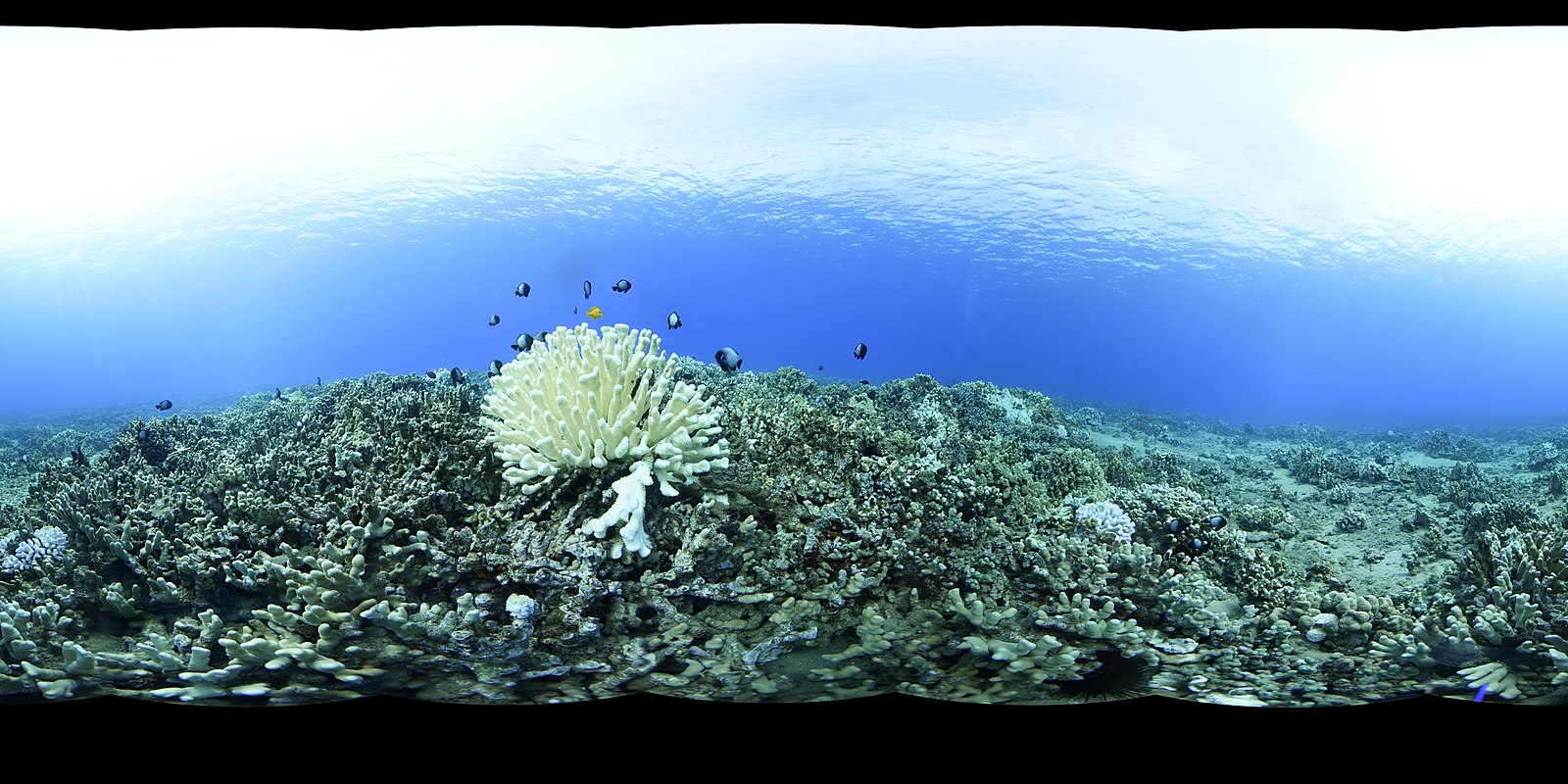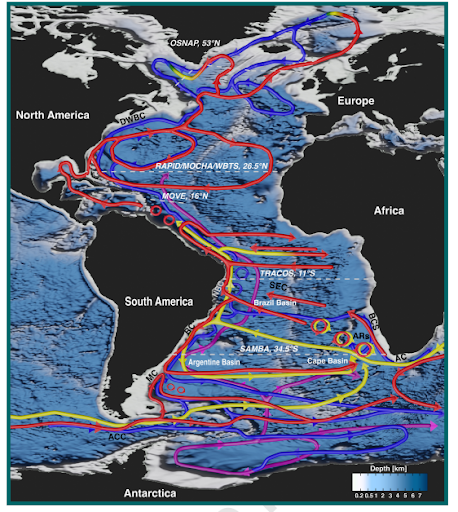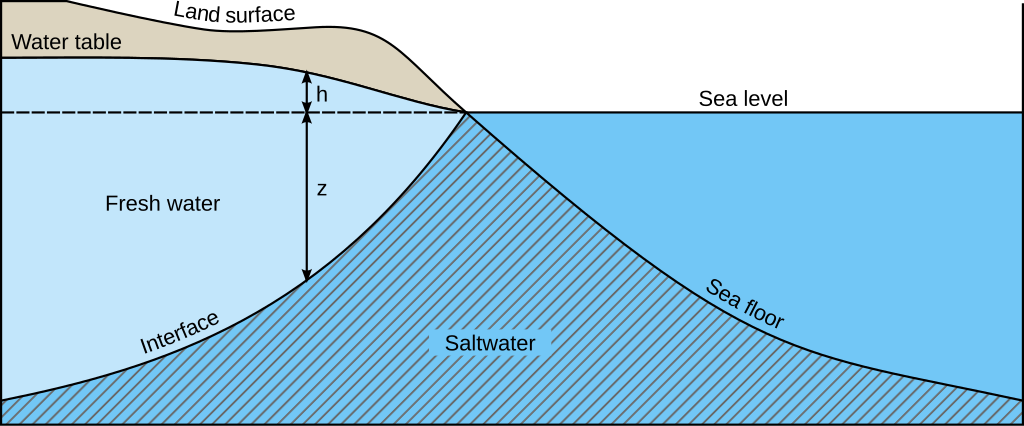IB Syllabus focus:
‘Impacts range from coral bleaching and desertification to altered circulation and sea-level rise; biodiversity influences ecosystem resilience and regional productivity changes.’
Climate change alters ecosystems worldwide, affecting biodiversity, productivity, and resilience. These impacts manifest through physical, biological, and systemic changes that threaten ecological stability and human dependence on ecosystem services.
Ecosystem Impacts of Climate Change
Coral Bleaching
Coral bleaching occurs when corals expel symbiotic algae (zooxanthellae) due to elevated sea surface temperatures. Without these algae, corals lose their colour and essential energy source.

Extensive coral bleaching in the Hawaiian Islands following heat stress, where corals have expelled their symbiotic zooxanthellae and turned pale. The image illustrates biodiversity loss risk when repeated bleaching reduces growth and survival. No extra syllabus content is included beyond what is visible. Source.
Prolonged bleaching reduces coral growth, reproduction, and survival.
Loss of coral reefs diminishes biodiversity, as reefs support around one-quarter of marine species.
Coastal communities dependent on reefs for food, tourism, and storm protection become more vulnerable.
Desertification
Desertification is the degradation of productive land into arid or semi-arid desert.
Driven by higher temperatures, reduced rainfall, and unsustainable land use.
Results in soil erosion, reduced crop yields, and loss of vegetation cover.
Affects millions of people reliant on dryland agriculture, especially in sub-Saharan Africa and parts of Asia.
Altered Circulation Patterns
Atmospheric and oceanic circulation redistributes heat and nutrients. Climate change modifies these circulation patterns.
The El Niño–Southern Oscillation (ENSO) is expected to increase in frequency and intensity, altering global rainfall distribution.
Shifts in jet streams and monsoon systems disrupt precipitation cycles, causing droughts in some regions and floods in others.
Altered ocean currents, such as weakening of the Atlantic Meridional Overturning Circulation (AMOC), may disrupt nutrient flows essential for marine ecosystems.

Idealised schematic of the AMOC with labelled surface, intermediate, deep and abyssal flows across the Atlantic. Such circulation patterns redistribute heat and nutrients, so changes can cascade through marine ecosystems. The diagram includes monitoring array latitudes not required by the syllabus but helpful for orientation. Source.
Sea-Level Rise
Global sea-level rise results from two main processes:
Thermal expansion of seawater as it warms.
Melting of glaciers and ice sheets.
Impacts include:Inundation of coastal wetlands, mangroves, and estuaries.
Saltwater intrusion into freshwater ecosystems, reducing availability of potable water.

A simplified cross-section of a coastal aquifer showing the inland advance of the saltwater wedge as sea level rises or freshwater heads are lowered. The diagram clarifies how intrusion threatens freshwater supplies and coastal ecosystems. It includes the Ghyben–Herzberg relation label, which exceeds syllabus depth but does not affect interpretation. Source.
Habitat loss for coastal and island species.
Biodiversity and Ecosystem Resilience
Biodiversity as a Buffer
Biodiversity (the variety of life within ecosystems) increases ecosystem resilience — the ability to recover from disturbances.
High species diversity spreads ecological functions across multiple organisms, reducing risk of total collapse.
Genetic diversity within species enables adaptation to changing climatic conditions.
Ecosystems with reduced biodiversity (e.g., monoculture agricultural systems) are more vulnerable to shocks such as drought or pest outbreaks.
Ecosystem Productivity
Productivity refers to the rate at which ecosystems generate biomass through photosynthesis. Climate change modifies productivity through:
Increased carbon dioxide, which can enhance photosynthesis in some plants (CO₂ fertilisation effect).
Water stress and extreme heat, which reduce crop yields and natural vegetation growth.
Shifts in species ranges, leading to mismatches in predator-prey and pollinator-plant relationships, reducing overall efficiency of ecosystems.
Regional Variability of Impacts
Polar Regions
Rapid warming reduces sea ice cover, threatening polar bears, seals, and krill populations.
Thawing permafrost releases methane, a potent greenhouse gas, further intensifying climate change.
Tropical Regions
Coral reefs and rainforests face acute biodiversity loss.
Increased droughts reduce resilience of rainforests such as the Amazon, potentially shifting them into savannah-like systems.
Temperate Regions
Forest ecosystems experience increased pest outbreaks (e.g., bark beetles) due to warmer winters.
Shifts in growing seasons affect agriculture and wild plant species.
Feedbacks Between Ecosystems and Climate
Positive Feedbacks
Melting permafrost releases methane, intensifying the greenhouse effect.
Reduced forest cover lowers carbon sequestration, accelerating warming.
Loss of ice and snow decreases albedo (surface reflectivity), increasing absorption of solar radiation.
Negative Feedbacks
Some ecosystems act as carbon sinks, absorbing more carbon dioxide as concentrations rise.
Expansion of forests in higher latitudes could increase sequestration, although limited by nutrient availability.
Definitions
Resilience: The capacity of an ecosystem to resist, absorb, and recover from disturbance while maintaining its essential functions and structure.
Desertification: The process by which fertile land becomes desert, typically as a result of drought, deforestation, or inappropriate agriculture.
Between these interacting processes, ecosystems illustrate both vulnerability and adaptability to climate change. Some systems may adjust, but many face thresholds beyond which resilience is lost.
FAQ
Recovery depends on the severity and duration of bleaching, water quality, and the presence of surviving coral colonies.
Reefs near pollution sources or experiencing repeated bleaching have reduced chances of recovery. By contrast, protected reefs with high biodiversity and limited human disturbance are more resilient.
Desertification not only reduces immediate yields but also undermines long-term soil fertility and water availability.
This forces communities to rely on food imports, increasing vulnerability to market fluctuations. Livestock production also declines as grazing lands degrade, further limiting protein sources.
Changes in ocean circulation can reduce nutrient upwelling, lowering phytoplankton growth at the base of marine food webs.
This decreases productivity throughout trophic levels, affecting fish populations and predators such as seabirds and marine mammals. Long-term disruptions can shift species distributions regionally.
Small islands often have limited freshwater resources stored in shallow aquifers. Saltwater intrusion contaminates these supplies quickly.
Habitats such as mangroves and beaches are lost to erosion, and species with restricted ranges face rapid population declines due to habitat fragmentation.
Biodiversity creates functional redundancy, where multiple species perform similar ecological roles.
If one species declines, others can maintain the function.
Genetic diversity within populations supports adaptation to stress.
Greater species interactions strengthen stability across trophic levels.
Practice Questions
Question 1 (2 marks):
Define the term resilience in the context of ecosystems and explain why biodiversity contributes to resilience.
Mark scheme:
Definition of resilience: the capacity of an ecosystem to resist, absorb, and recover from disturbance while maintaining essential functions and structure (1 mark).
Link to biodiversity: greater biodiversity spreads ecological functions and increases adaptability, enhancing recovery (1 mark).
Question 2 (5 marks):
Discuss two impacts of climate change on ecosystems and explain how these impacts may influence ecosystem productivity and resilience.
Mark scheme:
Identification of one valid impact such as coral bleaching, desertification, altered circulation, or sea-level rise (1 mark).
Clear explanation of how this impact influences ecosystem productivity (e.g., reduced photosynthesis, reduced crop yields, habitat loss) (1 mark).
Identification of a second valid impact (1 mark).
Clear explanation of how the second impact influences ecosystem productivity and/or resilience (1 mark).
Link made between biodiversity and the degree of resilience (e.g., ecosystems with higher biodiversity recover more effectively from these impacts) (1 mark).

